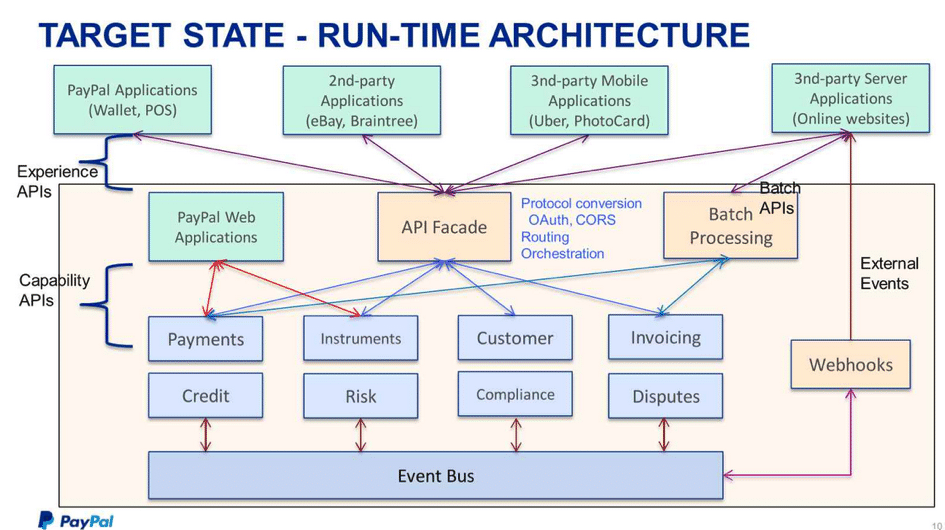While most people think that running a plumbing business is a very easy job, things are a bit different on the ground. The job goes beyond the dropping by a client’s home and fixing a few pipes. In addition to the actual plumbing work, a plumbing business also involves managing quotes, invoicing customers, dispatching field service workers, and accounting, among others. Undertaking all these operations manually is extremely demanding. Besides the tedious work that it is, you’re likely to end up with a ton of errors.
However, you can overcome these challenges by employing technology. The use of field service management software allows you to automate tasks. Consequently, you no longer have to deal with paperwork, delayed responses to customer requests, or double assignment of tasks.
If you’re wondering which field service management software to use, FieldElite is your best bet. FieldElite is feature-rich, and it gives you way more than the simple automation of the daily operations of your plumbing business.
Below are some of the top benefits you’ll reap by using FieldElite to run your plumbing venture.
Convenient Scheduling
Scheduling is an important aspect of the plumbing industry. Just like other field techs, plumbers would require tasks to be dispatched on time, which is only made possible by proper scheduling. With FieldElite, managers can easily schedule single and recurring tasks for the right plumber in a matter of seconds.
On the other hand, plumbers can also view the available jobs and job information in the FieldElite easy to use App that’s available for Android, and confirm scheduled jobs. They can also accept these jobs using their smartphones and respond to service requests instantly.
Apart from getting the scheduled tasks, the FieldElite scheduling and dispatch feature is integrated with GPS functionality so that plumbers can get information on where to go next, and the optimal route to take from their mobile phones.
The scheduling and dispatch feature also gives plumbers the information on the specific tools required for the job to allow them to get the tools in between appointments and schedules.
Central Data Storage
Just like other field service industries, plumbing also involves big data. Handling data manually would mean more errors for your plumbing business, which will only impact negatively on your business. To eliminate such errors, go paperless with FieldElite.
You can view everything from one place with FieldElite?s dashboard feature, including information about your plumbers and the scheduled tasks. On the other hand, your plumbers can access job details and the pending tasks from a central place.
Plumbers can also get service requests from customers on the FieldElite mobile app from wherever they are. All the requests are stored in a central place, making the response to customer requests easier. The end result is satisfied customers, opening doors for return orders.
In case of an update, all plumbers receive notifications at the same time and, where necessary, respond promptly to the requests. They can update the office instantly with job status changes from a central place.
Convenient Reporting
Reporting is part of the tasks that plumbers have to do after completing the assigned job. As a manager, you expect your plumbers to keep you updated on the status of each assignment. Reporting on paper is time-consuming, and that’s why you need the services of FieldElite.
With FieldElite reporting feature, sending over completed job reports is only a few clicks away. Plumbers can generate reports on the mobile app and keep the office staff updated on the status of the job. Using FieldElite, you can capture customer signatures and add attachments to the job status and send them instantly using the mobile app available on Android.
Since they can do instant reporting via the mobile app, the plumbers can proceed to attend to new service requests as soon as they’re done without having to first come back to the office to submit their reports.
Effective Communication
Timely communication is very essential if you’re working with field technicians. Since you’ll not always be with them in the field, it’s always important to establish a proper communication channel to ensure information reaches your plumbers in time. Here, you can get much more with FieldElite, including communication automation to remind customers of appointments.
With FieldElite field service management software, plumbers receive notifications through the mobile app. The notifications can be for anything from new task requests, requests for alterations, emergencies, and more. On the other hand, office-based staff gets to access the reports once the plumber completes their given task.
That means the plumbers in the field and the office-based team gets communication instantly, enabling them to see and manage their workloads. For this reason, plumbers can complete multiple tasks within a short time, thus improving their overall productivity.
Scalability
The biggest question for most entrepreneurs when they want to buy management software is scalability. Businesses grow and incorporate new activities that would also require to be managed from a centralised system. Where that’s not possible, the business would have to move all their information from one system to a more robust one.
With FieldElite, however, you’re safe. It works perfectly well for startups as well as large-sized plumbing businesses. It allows you to focus on the areas that your organisation covers now, but also lets you add new areas as you introduce them into your business. Moreover, FieldElite is also receiving regular updates to that bring it up-to-speed with new technologies and new ways of doing things, meaning that your business will be in a position to take advantage of the latest and more productive features.
From the benefits mentioned above, it’s quite clear that your plumbing industry greatly needs the services of a field service management software. Your plumbers too need easier time working on their assigned tasks, adding to the reasons why you need to integrate FieldElite in your plumbing business.


